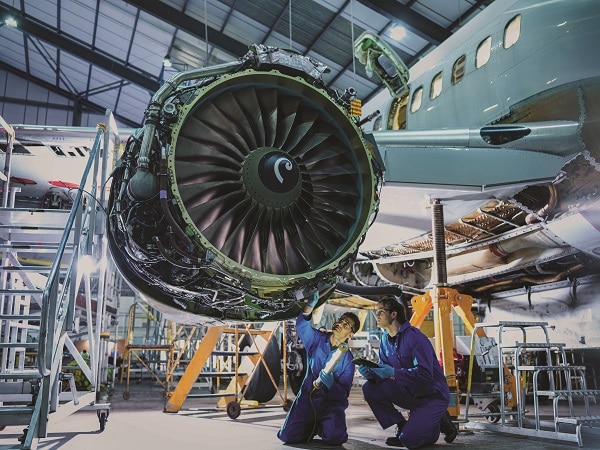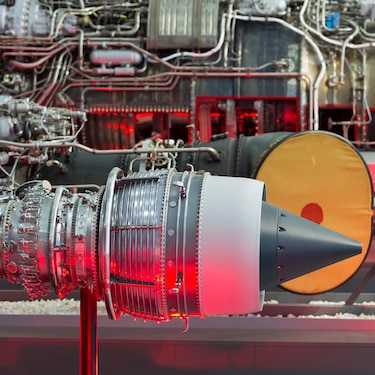[Guest Blog written by Ian Boulton, PTC]
In the aviation industry, two of the major concerns for manufacturers and operators are fleet uptime and safety. Aviation maintenance organizations are tasked with getting aircraft back into operation as quickly as possible, while strictly following rules, processes, and protocols mandated by the FAA and similar regulatory bodies.
Large, dynamic, global operations such as we see in aerospace and defense, currently rely on a web of documentation, databases and process repositories, stemming from multiple inputs and data stores. An aircraft technician, then, can juggle as many as five to six systems (such as Flight Status/Scheduling, MRO, Electronic Manuals, Parts Ordering, Records and Archiving) to complete a maintenance task cycle. With so many sources of information, there are two challenges:
- Correctly completing a maintenance task in the most efficient way possible
- Accessing the most up-to-date information in context of every maintenance instance for each part of the maintenance activity.
Complex Service Information Doesn’t Need Complex Systems
The data involved in A&D maintenance is extremely complex in its interrelations, and is further split into multiple platforms, all of which must be used by the service technician. In fact, two of the top errors on the maintenance floor are “information not used” and “procedures not followed”. Even more data to back up the notion that technical information management and delivery is primed for an overhaul:
- 36% of all regulatory actions against aircraft maintenance technicians are for “not using proper technical documentation” (Source: FAA Office of Aviation Safety (AVS) Technical Documentation for Maintenance Workshop 2012 )
- 64% of all incidents registered in the Aviation Safety Reporting System (ASRS) are related to technical documentation or procedural challenges or both
- Industry studies have demonstrated that up to 60% of aviation incidents were procedure related or involved technical documentation.
These instances threaten safety and cost the industry millions of dollars. There’s a better way.
Vision for the Future of Optimized Service Content
The challenges inherent in aviation maintenance can be addressed by new solutions, powered by the Internet of Things. There is now a possibility of not only seamlessly integrating MRO software, ERP, and information delivery systems into a single solution, but also a way to revolutionize the information being delivered itself. Some possible evolutions to service content can include:
-
- Utilizing aircraft health data and diagnostics to assist in guided fault isolation
- Using machine learning and data analytics to predict certain failures preemptively and also position service parts and resources accordingly
- Combining service experience and service information, relaying the right service information needed in each particular maintenance instance, saving time and improving accuracy
- Using augmented reality, virtual reality, and digital twin technologies in service documentation allows technicians to consume service information visually and contextually, minimizing errors
- IoT platforms allow for the most up-to-date information to be accessible, eliminating errors due to outdated stove piped information
- Integrating multiple inputs into a contextual dashboard allows data to be accessed quickly and accurately by the workforce, improving many service metrics such as Mean Time To Repair, AOG and First Time Fix Rate
- An integrated, updated system helps with regulatory compliance, ensuring an authoritative and accurate set of data every time





